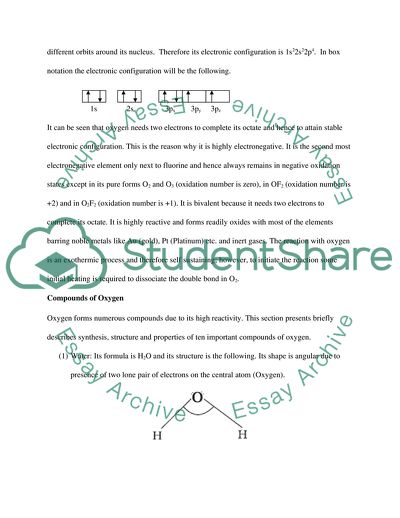Cite this document
(Oxygen the Ubiquitous Element Coursework Example | Topics and Well Written Essays - 1500 words, n.d.)
Oxygen the Ubiquitous Element Coursework Example | Topics and Well Written Essays - 1500 words. https://studentshare.org/chemistry/1734884-chemistry-paper
Oxygen the Ubiquitous Element Coursework Example | Topics and Well Written Essays - 1500 words. https://studentshare.org/chemistry/1734884-chemistry-paper
(Oxygen the Ubiquitous Element Coursework Example | Topics and Well Written Essays - 1500 Words)
Oxygen the Ubiquitous Element Coursework Example | Topics and Well Written Essays - 1500 Words. https://studentshare.org/chemistry/1734884-chemistry-paper.
Oxygen the Ubiquitous Element Coursework Example | Topics and Well Written Essays - 1500 Words. https://studentshare.org/chemistry/1734884-chemistry-paper.
“Oxygen the Ubiquitous Element Coursework Example | Topics and Well Written Essays - 1500 Words”. https://studentshare.org/chemistry/1734884-chemistry-paper.


